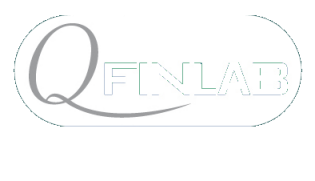COMPUTATIONAL FINANCE (Master Level, Mathematical Engineering)
Prof. Daniele Marazzina
AIM of the Course:
The aim of the course is to make students familiar with the advanced quantitative methods adopted in describing the dynamics of financial markets, in valuating and hedging financial derivatives, and in optimal investments problems. All models and methods will be implemented in Matlab.
SUBJECTS of the Course:
Advanced Models for Financial Markets and Asset Allocation
Levy processes: stochastic calculus for jump processes; fondamental properties of Levy processes and reason why they overcome the Black&Scholes limits; Levy-Kintchine formula; simulating Levy processes.
Stochastic Volatility models: Heston, Hull-White, Stein & Stein models. SABR. Stochastic volatility models with jumps.
Numerical Methods for Finance
Monte Carlo Simulations: random numbers generator; sampling from uniform and normal distribution; Quasi Monte Carlo methods; simulating continuous processes; simulating jump diffusion processes; variance reduction techniques; pricing European and exotic options; pricing American derivatives: the Longstaff & Schwarz algorithm.
PDE: Finite Differences and Finite Elements discretizations: evaluating barrier and European options via Finite Differences and Finite Elements; pricing American derivatives: the PSOR algorithm.
FFT: Carr-Madan method for European derivatives.
Bitcoin and Blockchain Technologies (Prof. Ferdinando Ametrano)
Hash functions and elliptic curve cryptography; Blockchain and Merkle tree; Distributed consensus and mining; Transactions; Bitcoin Core; Wallets.
REFERENCES:
R. SEYDEL, TOOLS FOR COMPUTATIONAL FINANCE, SPRINGER 2012.
R. CONT, P. TANKOV, FINANCIAL MODELLING WITH JUMP PROCESSES, CRC/CHAPMAN-HALL 2004.

